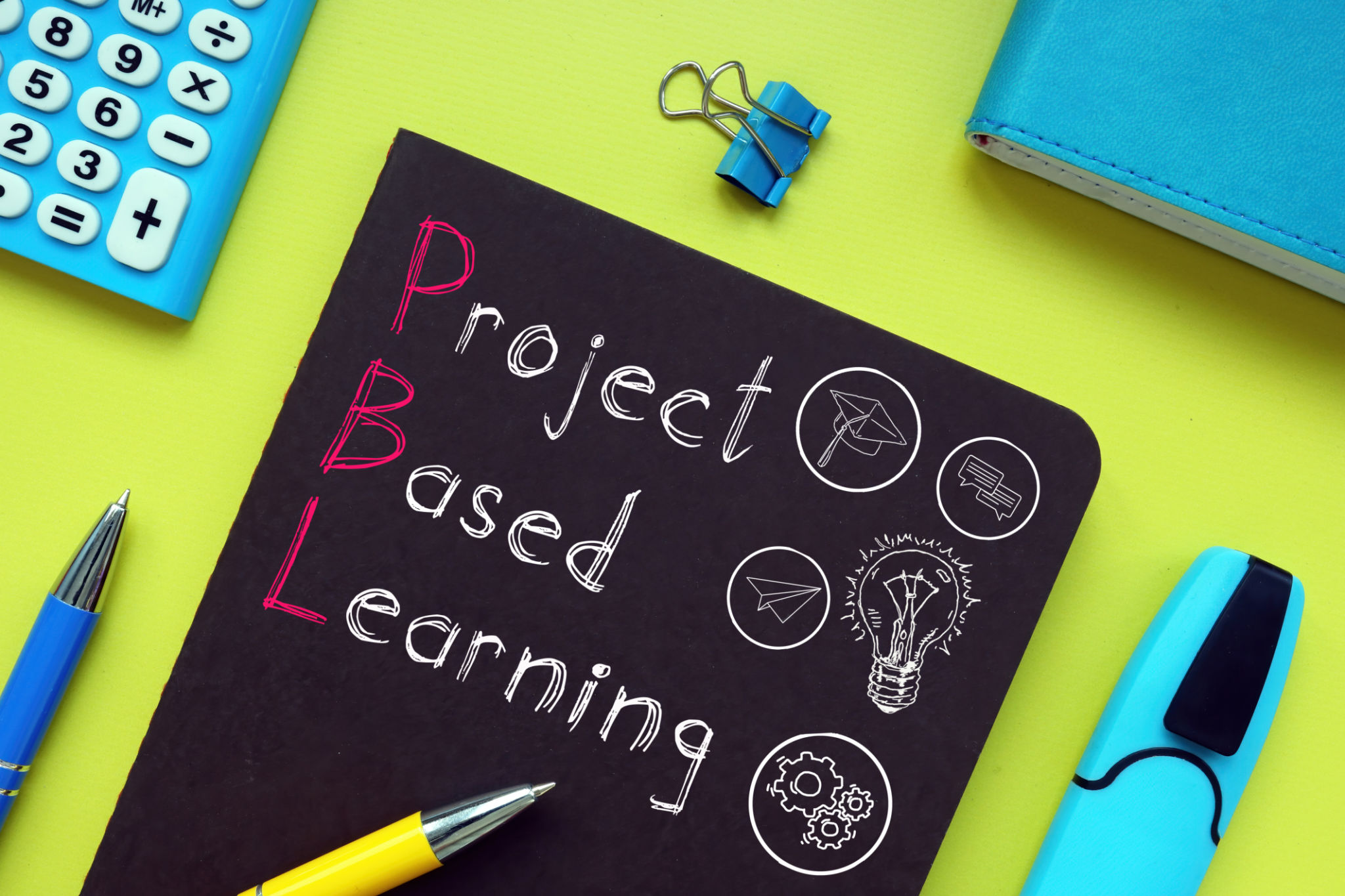Balancing Theory and Practice: How to Integrate Academic and Practical Learning
Understanding the Importance of Balance
In today's fast-paced world, the integration of academic and practical learning is more crucial than ever. While theoretical knowledge provides a strong foundation, practical application ensures that this knowledge is relevant and usable in real-world scenarios. Striking a balance between these two elements can lead to more effective learning and a deeper understanding of subjects.

The Role of Theory in Education
Theory forms the backbone of any educational curriculum. It provides the fundamental principles and concepts upon which further knowledge is built. A strong theoretical understanding enables learners to grasp complex ideas and develop critical thinking skills. This framework is essential for advancing in any field, as it offers a structured approach to problem-solving and innovation.
Theoretical Learning Benefits
Theoretical learning offers several benefits, including:
- Conceptual Understanding: It helps students understand underlying principles and frameworks.
- Analytical Skills: Encourages logical reasoning and critical analysis.
- Knowledge Base: Provides a comprehensive base of information that can be built upon.
Practical Application in Learning
While theory is essential, practical application is equally important. It allows students to apply what they've learned in a real-world context, bridging the gap between abstract concepts and tangible outcomes. Practical experiences such as internships, workshops, and hands-on projects are invaluable for reinforcing theoretical knowledge.

Benefits of Practical Learning
Incorporating practical learning into education offers numerous advantages:
- Real-World Experience: Provides exposure to real-life scenarios and challenges.
- Skill Development: Enhances technical and interpersonal skills through active engagement.
- Immediate Feedback: Offers opportunities for instant feedback and improvement.
Strategies for Integrating Theory and Practice
Successfully integrating theory and practice requires thoughtful planning and execution. Educational institutions and educators can adopt several strategies to achieve this balance:
Project-Based Learning
Implementing project-based learning allows students to work on real-world problems by applying theoretical knowledge. This method encourages collaboration, creativity, and critical thinking, making the learning process more dynamic and engaging.

Industry Partnerships
Forming partnerships with industries can provide students with opportunities for internships, mentorships, and collaborative projects. These experiences not only enhance practical skills but also prepare students for future careers by providing insights into industry standards and expectations.
The Role of Educators
Educators play a pivotal role in harmonizing theoretical and practical learning. By adopting a flexible teaching approach and staying updated with industry trends, educators can create a curriculum that meets the evolving needs of students. Encouraging active participation and fostering an environment where students feel comfortable applying their knowledge is key to successful integration.
In conclusion, balancing theory and practice in education is imperative for developing well-rounded individuals who are equipped to handle the complexities of the modern world. By leveraging both academic insights and practical experiences, learners can achieve a comprehensive understanding that prepares them for future challenges and opportunities.
